Project Guide: Tiling a Backsplash

by
Hometalk Guides
(IC: blogger)
Tiled backsplashes are a great way to add a sophisticated gloss to your kitchen, and make your cooking spaces easy to clean. There are plenty of quick peel-and-stick tile sheets on the market, but if you're planning on tiling your backsplash with singular tiles and grout, here are a few pointers to keep in mind.
1. Buy the right medium for your project
2. Prepare Your Work Space
- Turn off the power to electrical outlets in the area where you're working and remove electrical outlet covers
- Cover countertops or appliances to keep them clean
3. Plan Your Design
- Decide how far up the wall the backsplash should extend
- Lay out your tiles in the pattern you want them to appear on your wall, to ensure that you have enough space and to decide which/how many tiles will need cutting
- It's a good idea to have spare tiles in case you break some or have to replace one in the future
4. Prepare Your Surface
- Before tiling, check the soundness of the wall. If you have damaged drywall, repair or replace it
- Hand-sand the wall with 80-grit sandpaper to roughen the painted surface, then wipe off the dust with a damp rag
- Measure the length and width of the backsplash area
- Mark a centerline and a line above the bottom row of your tiles (parallel to the countertop)
- Make the lines dark enough so that you will be able to see it through your mastic or adhesive
5. Prepare Yourself for Working
- Wear all protective gear when working with a wet saw or other tile cutter
- Wear work boots or other sturdy closed shoes
- Clothing may get covered in adhesive or grout, so wear work clothes
Basic Tools Include:
- Tape Measure
- Heavy Marking Pencil
- Level
- Tile Cutter
- Tiles (loose or mesh-mounted mosaics)
- Adhesive or Mastic
- Grout
- Flexible Caulk
- Spacers
- Sealer
- Brush
1. Cut Your Tiles
2. Apply Adhesive
- Apply adhesive with a notched trowel
- Hold the trowel at a 45-degree angle and spread the adhesive
- Work in small areas (3-foot-by-3-foot) to prevent the adhesive from drying before you lay the tile
- Make sure to check the adhesive as you work, to make sure that it's still tacky
- If for some reason your adhesive dries out, scrape it off and lay down a new layer
- As you begin laying down tiles, if your reach a space between the tiles and the wall that is too small to cover with your trowel, spread the adhesive directly on the cut tile segment before pressing it into place
3. Lay Down Tiles
- If your countertop is tiled and has a grout joint, plan for the backsplash grout joint to line up with the countertop grout joints. Otherwise, start the first tile in the center of the base of the backsplash
- Apply the tile using a slight twisting motion
- Use a level to make sure the tile is centered and straight
- Place a spacer on each corner of the first tile and along the sides, by pushing it into the adhesive
- Use toothpicks as spacers if you want a tiny grout line
- Continue laying the tiles in a row, working from your first center tile
- Press the tiles flush to the spacers
- As you work, wipe off any excess adhesive that oozes up between the tiles
- Leave enough space between tiles to fill in with grout
- Occasionally check to make sure the tiles are level
- After one row is complete, begin with the next row and follow the same pattern. Apply adhesive as needed
- When you place the tiles around an outlet, make sure the tile goes right up to the outlet cut, so that when it's re-installed after, the outlet cover hides the tile edges
- When all the tiles have been laid, wipe off excess adhesive diagonally with a damp cloth, so you don't loosen a tile
- Allow the adhesive to set according to the manufacturer's instructions, then remove the spacers
4. Apply Grout
- Mix the grout according to the manufacturer's instructions
- Apply the grout using a rubber float
- Spread the grout diagonally at a 45-degree angle across the tiles, filling the space between the tiles with grout
- When the grout becomes firm, wipe off excess grout with a damp sponge (same as above)
- If you're not sure your grout is dry, press your nail into one of the grout lines - if it doesn't leave a mark, your grout is set
1. Clean-up
2. Protect It
3. Caulk the seams
4. Reassemble Outlets
Projects to Look At
Enjoyed the project?

Want more details about this and other DIY projects? Check out my blog post!
Published September 30th, 2015 10:45 AM
Comments
Join the conversation
2 comments
-
Good to know.
 Liliana Wells
on Oct 04, 2015
Liliana Wells
on Oct 04, 2015
-
-
Don't wait very long to wipe off the excess grout or you will have scrub to get it off. A light touch with a squeezed out grout sponge which you rinse often will be easiest. Be sure to wipe at an angle to the grout lines or you will pull grout out of the seams.
 Pat whitmus
on Oct 04, 2015
Pat whitmus
on Oct 04, 2015
-








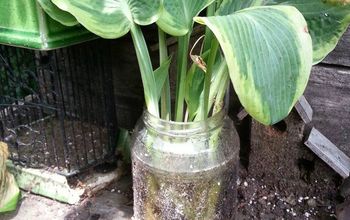




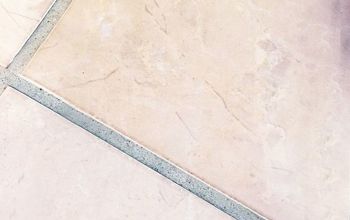

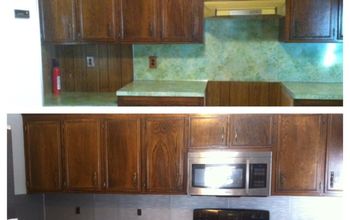
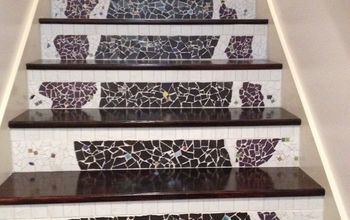
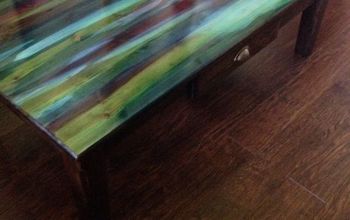



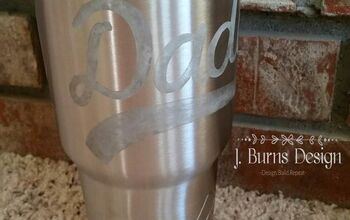




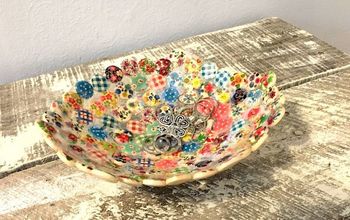
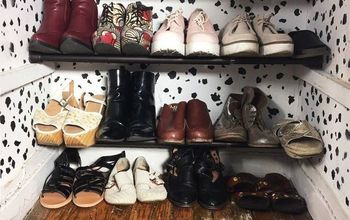

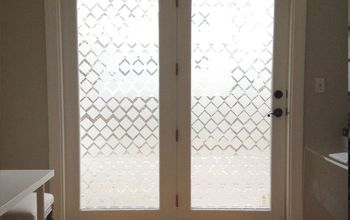
Frequently asked questions
Have a question about this project?